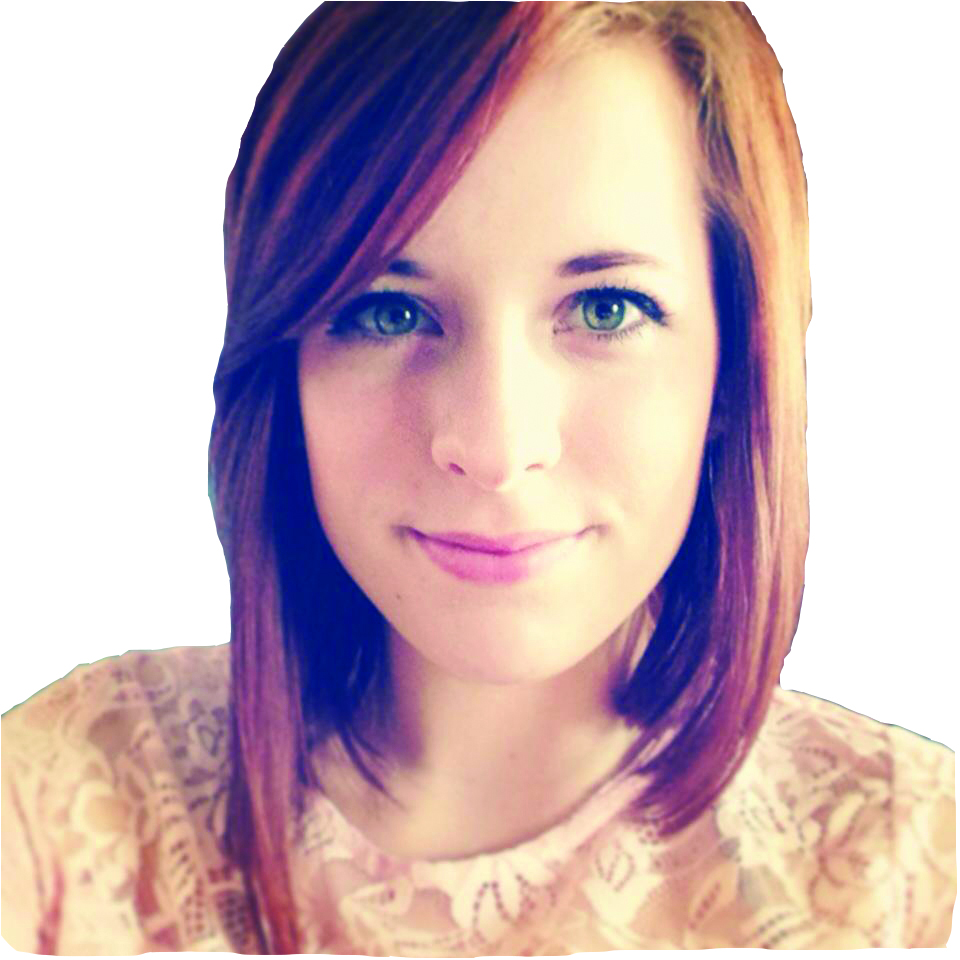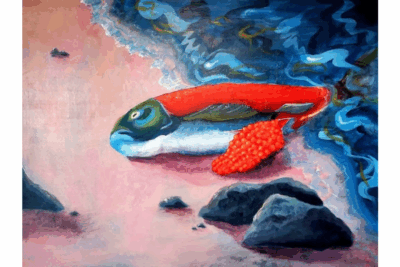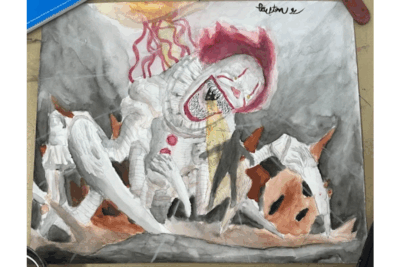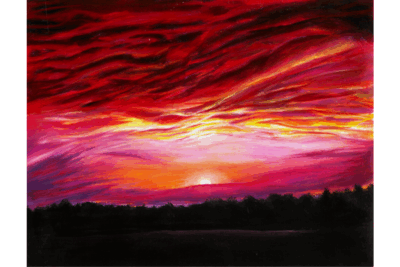When people take in art at a museum or a show, the accolades go to the artist behind the painting or drawing or sculpture. Not often does the viewer think about the design of the exhibit—how someone intentionally planned the flow and displayed the art within the exhibit. This design, however, is art—art in function and interaction.
Natalie Hubby, a junior, has found a way to combine two of her passions to form art that is intensely unique and highly personal. As a history major and art minor, Hubby has always loved museums, but realized that she was attracted to them for more than just the content.“I have always enjoyed going to museums and looking at exhibits,” Hubby said. “So after taking a couple design classes in high school and at Goshen College, I have started to see myself creating exhibits for either history or art museums.”
This idea of art within art intrigues Hubby, who appreciates the way an exhibit can make the art within it that much more meaningful and accessible.
“The art I do is something that is created with a purpose other than to be looked at and appreciated. It is an aspect of education,” Hubby said. “It is something that I can create that will benefit the public.”
By having such a unique perspective on what constitutes art, Hubby has had to learn from experience and observation, often outside of Goshen College.
“My inspiration comes from looking at well put-together exhibits and figuring out what is good and bad about their design,” Hubby explained. “I went to the Natural History Museum in London this Christmas and some of the exhibits were beautifully done and very interactive. I think that exhibits need to be designed well and attractively in order to draw attention and thus complete their purpose.”
The intentionality of exhibits may seem rigid to some, but Hubby maintains that there is freedom of expression and true creativeness that comes with designing exhibits. By meeting form with functionality, Hubby’s art takes on a whole new dimension by serving a specific and interactive purpose.
“My personal art embodies a lot of organic shapes because I am one of those people who can’t draw a straight line,” Hubby said. “Watercolor is my favorite medium because it is so unpredictable.”
Hubby has designed two exhibits thus far: one for Goshen’s Maple Scholars program and the other for a public history class titled Women of the Mennonite World Conference. Hubby uses Illustrator and Adobe software to create her exhibits.
Hubby’s passion gives her a clear direction after college, generally a rarity for artists.
“I am hoping to go to graduate school after Goshen College for public history, which is the field that connects with museum curating and archival work,” Hubby said. “I have a deep love for art and a love for history, and so I found a way to put them together.”



